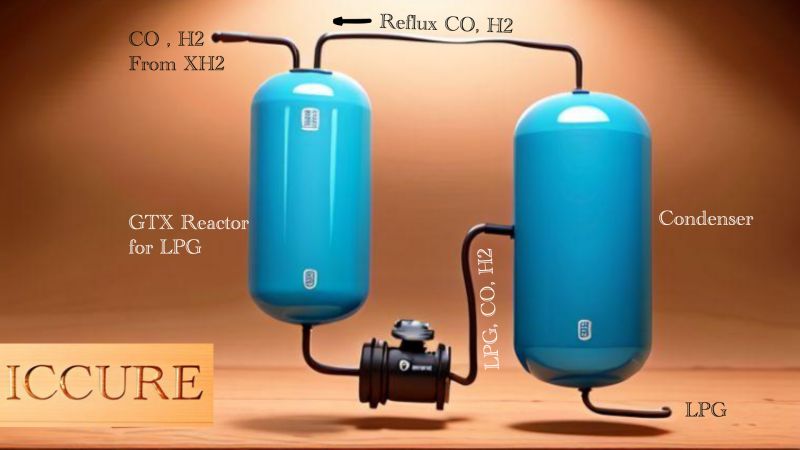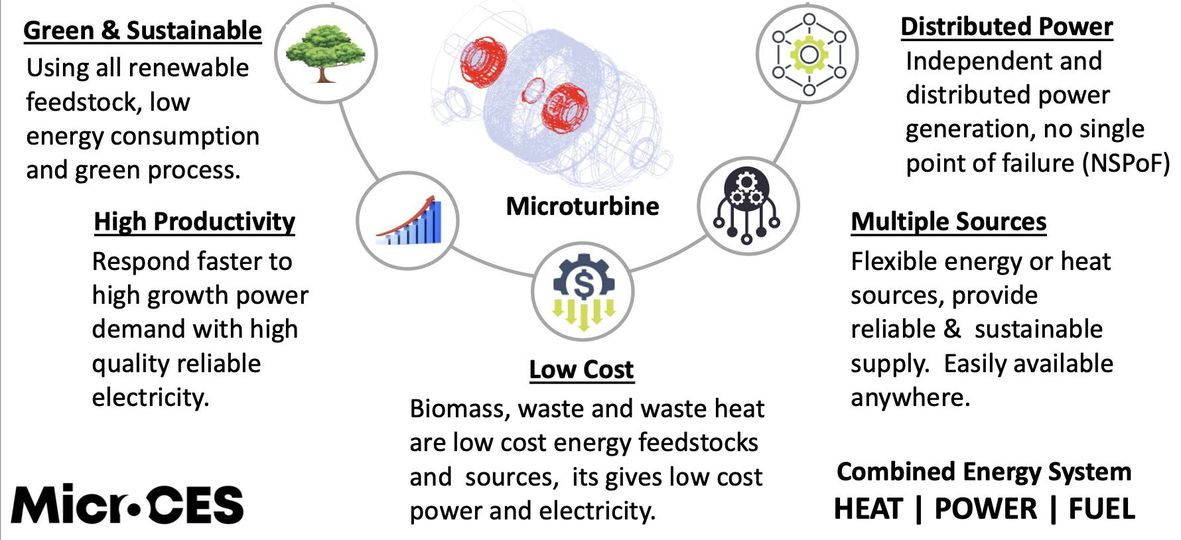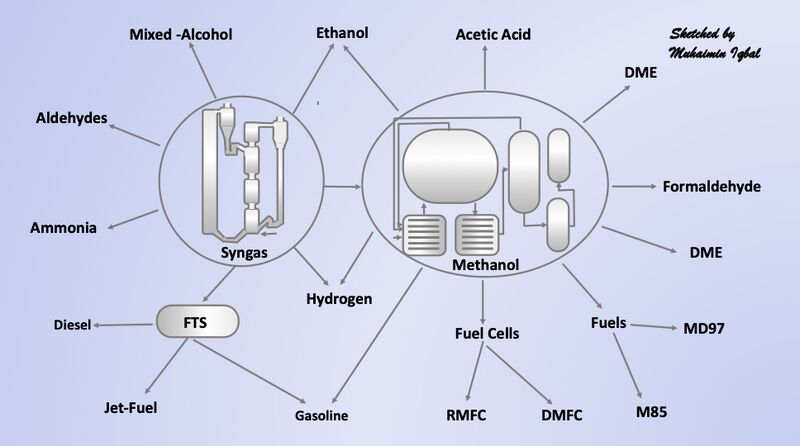BioLPG for Energy Independence and Emission Reduction
Advanced Renewable
Tue , 30 Apr 2024 23:36 WIB

If there is one fuel that should be in our top priority to overcome, it is LPG. The raw materials for LPG are propane and butane, the majority of which we have to import, and with an extraordinarily huge carbon footprint, they are shipped all over the country - in cylinders that weigh more than the contents of the LPG itself.
The majority of LPG which is used by middle to lower income communities must also be heavily subsidized - it is very dilematic situation, if the subsidy reduced, the people are screaming, while if it is continued tit is eroding the state budget.
So what's the solution? Other fuel solutions will be difficult to accept, because the majority of people already enjoy the ease of using LPG. So the solution still has to be LPG, apart from convenience, the infrastructure in the form of standard cylinders is already very massive.
Only this source of LPG can be replaced, from propane and butane which were mostly imported, to completely local materials and can even be produced by local communities - thereby reducing the carbon footprint. This raw material can be garbage and organic waste, both solid and liquid, either via the thermochemical route (gasification) or the biochemical route (bio-digester), both of which can be used to produce BioLPG, Bio Liquid Propane Gas.
I have shared the majority of the reactors in previous uploads, especially the OCCYRE reactor to convert biomass into syngas, as well as XH2 to improve the quality of syngas which was originally rich in CO to become rich in H2. For LPG, an H2/CO molecular ratio of >2.33 is required. If the source is biogas, it must first be reformed into syngas, and the syngas upgraded to achieve the H2/CO ratio> 2.33.
Syngas that meets these standards is then fed to the GTX reactor as in the picture below. It is in this reactor that the Fischer-Tropsch Synthesis (FTS) reaction occurs, by setting the catalyst, temperature, pressure and residence time - the results can be directed to C3H8 (propane). It is likely that it still mixed with C4H10 (Buthane), which is not a problem because both have similar characteristics, this does not reduce the quality of this new fuel which we call BioLPG.
However, there is another mixture that must be separated, namely CO and H2 gases which have not yet reacted to become the LPG product we are aiming for, so we send the output from the GTX reactor to one more process, namely the condenser. By setting a combination of temperature and pressure, for example at 10 bar and 25 degrees Celsius, the BioLPG we are aiming for (C3H8 and C4H10) will become liquid, while CO and H2 remain gas - which is returned to the GTX reactor for reprocessing.
Local governments, community groups and parties who have been facing problems with LPG fuel, can discuss with us the possibility of implementing BioLPG, to be energy independent and reduce emissions!
Pos Lainnya
Greener Faster and Cheaper
Apr 30, 2024
Night in the Remote
Apr 30, 2024
Adsorbat CO2 Sebagai Cadangan Energi Baru
Apr 30, 2024
Universal BioFuels Formula
Apr 30, 2024
Universal Green Fuels and Feedstocks
Apr 30, 2024
Kategori
Renewable Energy






Silakan mendaftar terlebih dahulu!
Untuk memposting komentar baru. Anda harus login terlebih dahulu. Masuk
Komentar
Tidak ada komentar